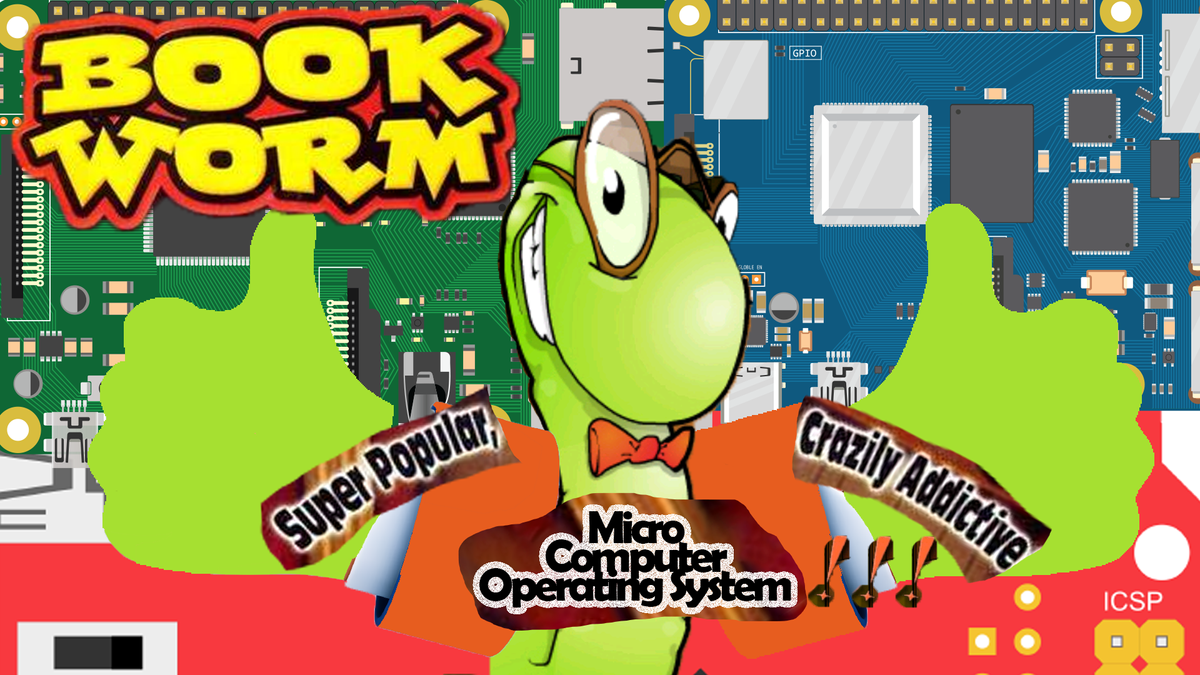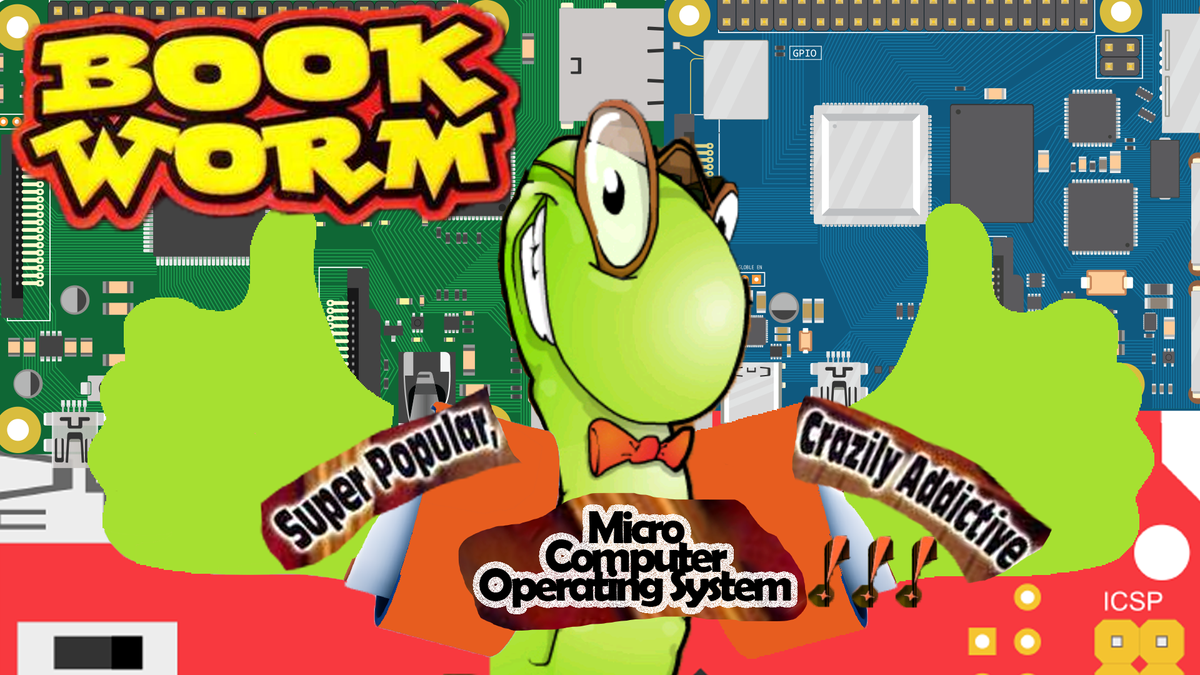
A brand-new microcomputer from Hell needs a brand-new OS. Enter the Raspberry Pi Foundation with Bookworm, the latest (un)cool product label for the next version of the Raspberry Pi OS.
While not surprising, or even exciting news, we still think this is a neat release. It’s a port of the Linux distribution Debian’s latest release, and is thus named after the immortal star of the Toy Story franchise, rather than the world’s greatest PopCap game.
Teasing us all with that ‘nothing and yet everything has changed’ snake oil, the Raspberry Pi Foundation explained that the new OS features significant changes to its software architecture.
All change
Crucially, this means a move from the ancient X11 protocol to Wayland, promising increased performance for Pis 4 and 5 while the Foundation works to support Wayland on lower-power boards – presumably the Pi 3 at the very least.
Our sister site Tom’s Hardware has more on the technical side of Wayland’s implications, as well as this genuine sentence:
“[…]we had early access to a beta of Bookworm and found it to be a great OS. There were some bugs, and we noted this in our review, but that is what happens with beta software.”
Well, we don’t work in sales. Unless you’d like a different mini PC altogether?
Bookworm is a slur
In practice, Wayland in Bookworm offers two useful plugins for the power user: a power plugin reporting under and over voltage readings, as well as a plugin reporting the load and temperature of the Pi 4 and 5’s Videocore VII GPU.
Some applications may be incompatible with Wayland, but the implementation of XWayland, an X11 display server, “automatically” passes graphical elements of X11 apps to Wayland, without the need for additional tinkering from developers.
But wait, there’s more
Naturally, just as I log off to forget the barren hole that the Raspberry Pi microcomputer has left in my heart, our brothers in arms in the ecomm wars broke the news that Ubuntu now supports Raspberry Pi 5 (or will, when you can get your hands on one).
This is good and expected: Ubuntu is probably the Linux distribution most people have heard of, and is something I’d like to explore, perhaps, in a Raspberry Pi 5 review for TechRadar Pro – because I’m currently not touching my current set-up with a barge pole.
Ubuntu sounds just that bit more straightforward, with an App Center (think ‘app store’, yeah?) for searching for applications via the Canonical App Store (other implementations of this I’ve seen use Flathub as a repository, which also works well).
Ubuntu is just the second domino to fall. Tom’s Hardware predict that ‘a range of Ubuntu respins’, with world-music-infused-electronica-at-Glasto-’93 sounding names like ‘Kubuntu’ and ‘Xubuntu’, will surely follow.
Breaking kayfabe
It may surprise you that I’m about zero to zero point one percent percent joking when I write stuff like “I’m going to throw this stupid machine in the ocean”. There are cool things to appreciate about the Pi (other microcomputers are available). Some of these are even relevant to this article.
Installing an operating system on it, for instance, can’t really get easier, thanks to the Raspberry Pi Imager, a lightweight programme allowing for easy download and configuration of various Linux distributions, including the RPi OS Bookworm port, sorted by use-case.
I like that about it, it engenders the reckless “mess around with a new project” feel that the Pi always gives off.
More from TechRadar Pro
Services Marketplace – Listings, Bookings & Reviews
